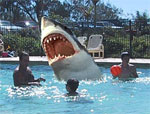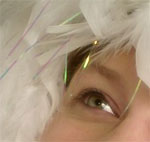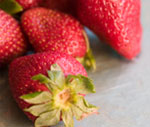It’s old advice, but it certainly hits the spot…
Since the dawn of the commercial web we have been warned to not be suckered by “too good to be true” online deals. Keep your friends close and your credit card closer. Over and over scummy retailers are exposed but a quick name-change are back online trading their crap, fake or purely imaginary goods.
Still forum posters continue to be burned by dodgy online traders. The problem comes down to customers shopping on price alone. Like the apocryphal lemmings over a cliff they are drawn to the low bidding merchants in shopping search engines. When the item doesn’t turn up, or unexpected (and unexplained) costs appear on the credit card statement or when they get zero (or abusive) customer service they look around for help and sympathy. But there is only one person to blame in the end; the customer. Emptors and caveats, etc.
When you understand how these businesses operate you can see why there are so many problems and how little is in your power to avoid being taken. When I started this blog one of the ex-members here had his own online camera store. I learned a lot about how the business worked and the more I learned the more sure I was my policy of sticking to the high street was the right one, even though it meant paying a premium.
… Thus begins the fantastic article by Chris over on the dSLR blog. He explains how some of the scams work, and also tells you how to avoid them.
I’ve been bitten by one of these scams myself, ages ago when I was buying my first article, so take heed, folks, there’s nothing quite as horrible as the feeling of being parted with your hard-earned cash, and seeing none
Do you enjoy a smattering of random photography links? Well, squire, I welcome thee to join me on Twitter -
© Kamps Consulting Ltd. This article is licenced for use on Pixiq only. Please do not reproduce wholly or in part without a license. More info.







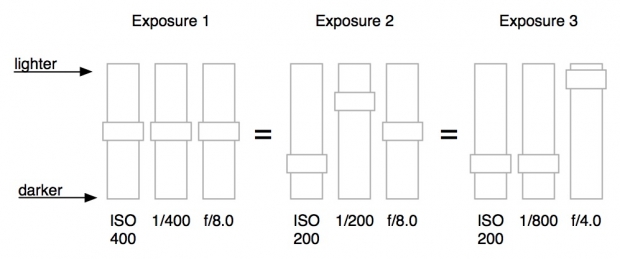
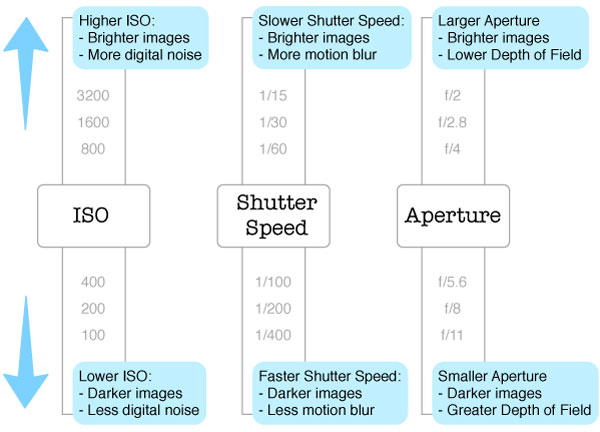

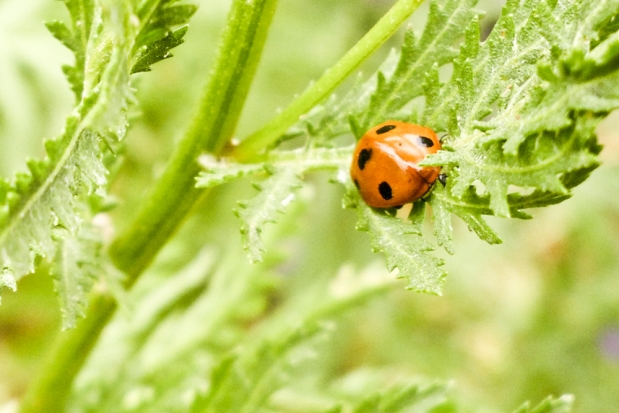
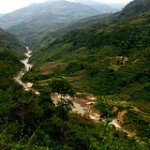

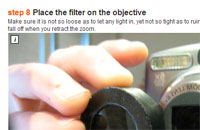
 The instructable to
The instructable to 